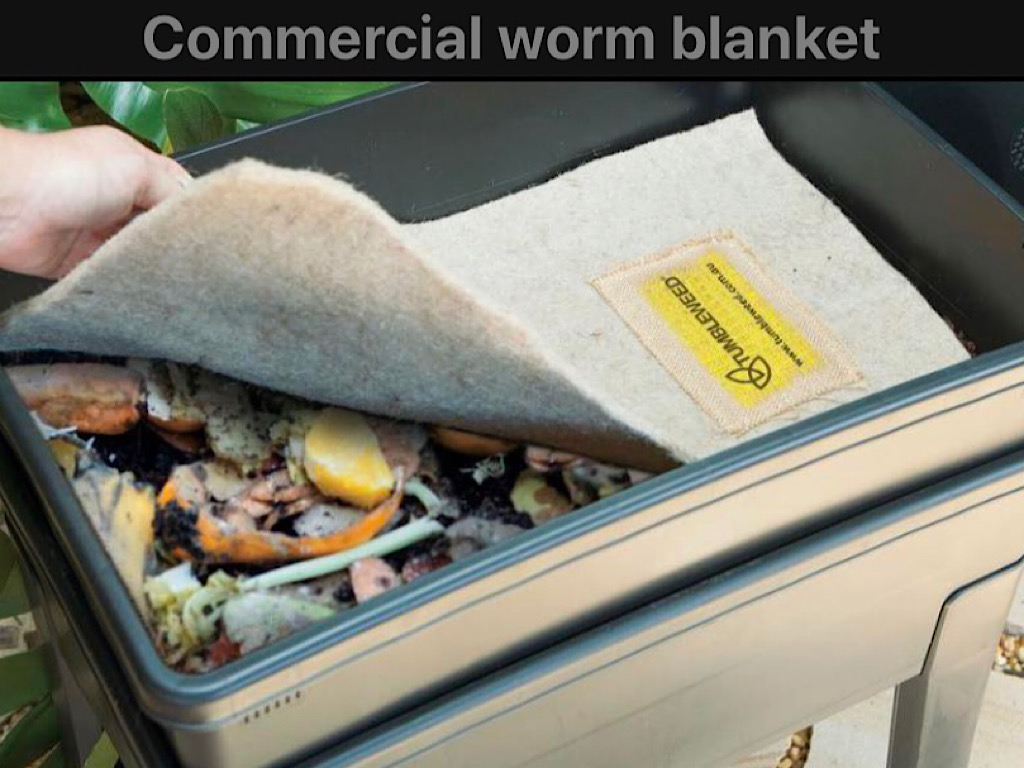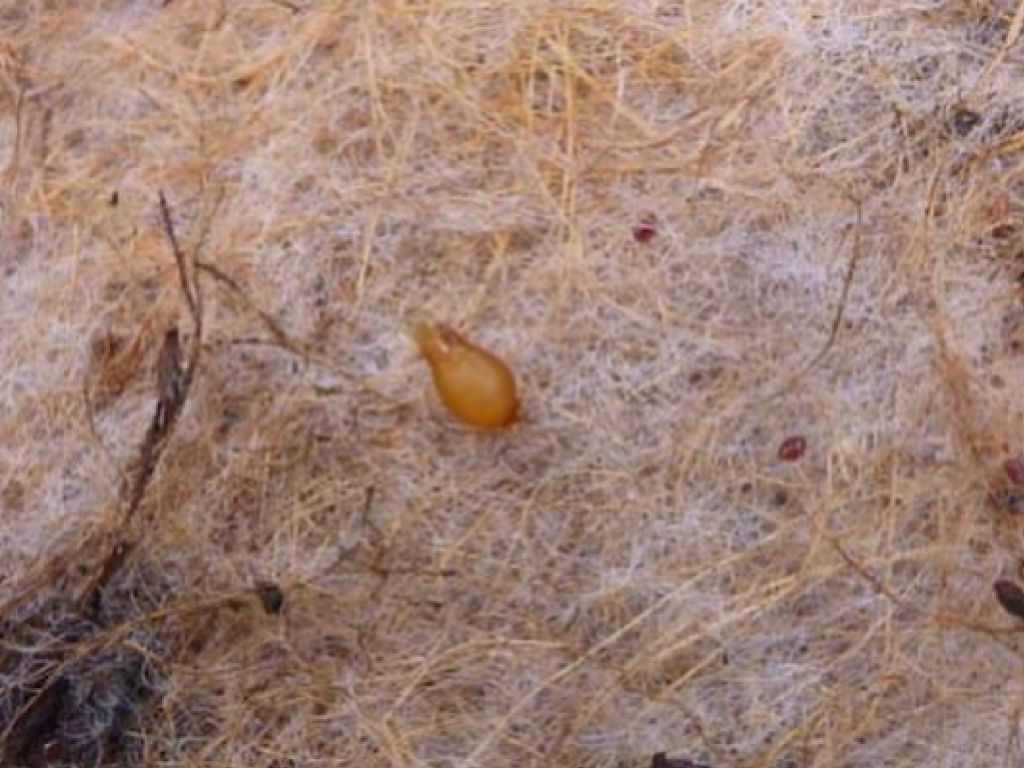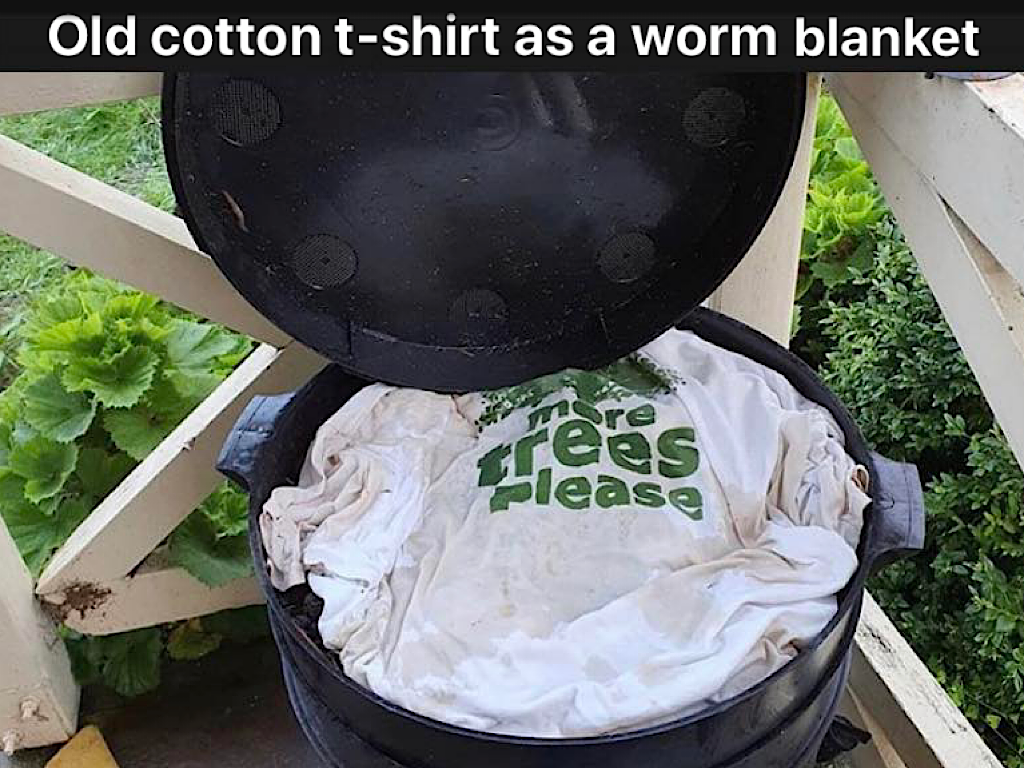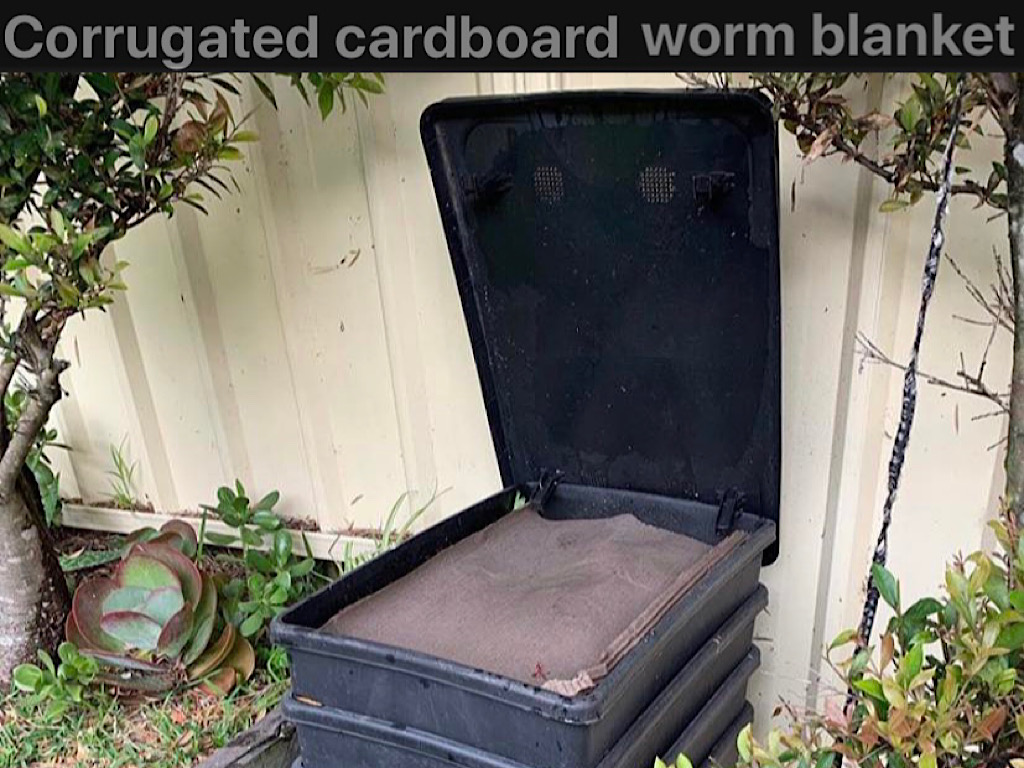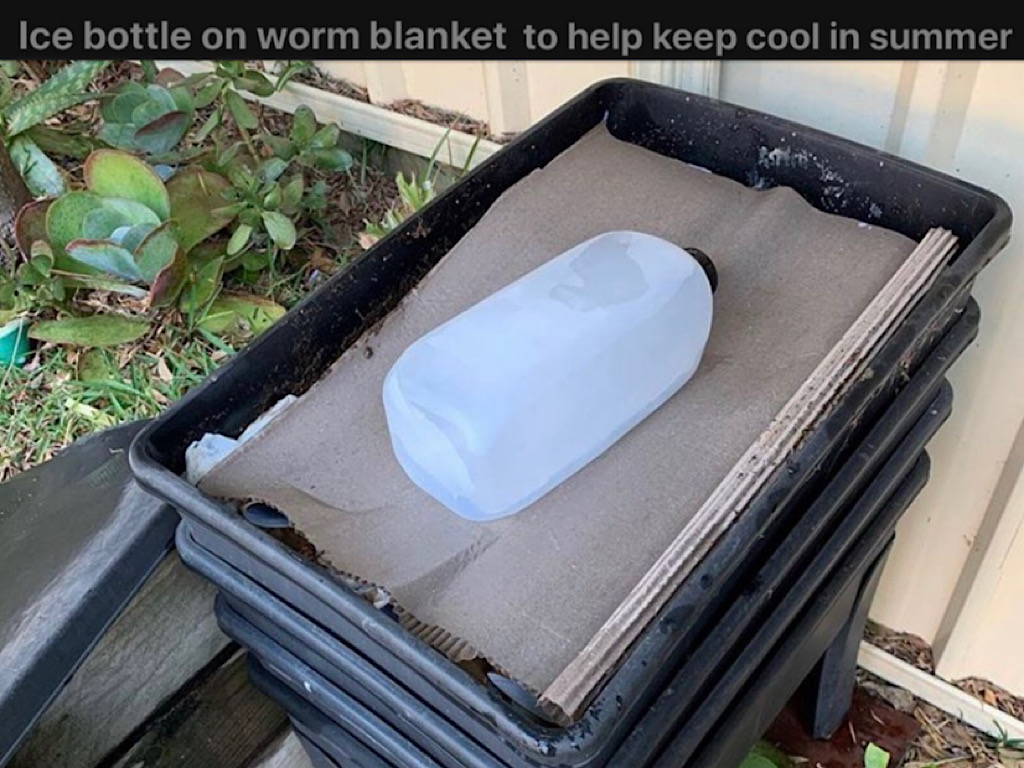You may have read or heard about the use of worm blankets, and conjured up pictures of tucking your worms in at night with tiny little blankets. Fear not, the actual use of them is much more simple, but will help boost the productivity of your worm farm.
A worm blanket sits on top of the scraps and are beneficial in many ways:
- It gives your wriggly friends an aerated space to get more oxygen if they need it (as long as you keep your blanket damp).
- It gives them the darkness they need to be happy.
- Worm blankets create a barrier between the kitchen scraps and the air, which encourages worms to feed at the surface without being exposed to both dry conditions and light.
- Too much exposure to UV light can harm and even kill worms, so as a protection mechanism, they have light sensitive skin. You might have noticed upon lifting the lid of your worm farm that any worms dwelling near the surface quickly burrow down and flee the light.
- Worms skin also needs to be kept moist at all times. They breathe through their skin using a process known as cutaneous gas exchange, which can not take place if the skin dries out too much. The presence of a damp worm blanket on top of the kitchen scraps will help maintain humidity levels, meaning the worms can feed at the surface happily and still breathe easily.
- Worms also like to lay eggs in the top layers if it has a covering. If you look closely at your worm blanket, you might notice small, brown or orange coloured capsules in amongst the fibres. These are the worm cocoons, which will eventually hatch into baby worms.
You can buy worm blankets, or they can be simply made from natural materials such as old cotton sheets, cotton pillow cases or old towels, cotton t-shirts, woollen material, corrugated cardboard etc. Whatever you choose to use, be sure to keep your worm blanket damp, but not soaking wet. The worm blanket should be the same length and width as your worm farm and as time goes on, it will break down. Once it has completely broken down or there’s not much left of it to cover the scraps, it’s time to buy or make a new one.
I have found that the addition of any of these will stop worms from congregating around the lid or rim, of the worm farm.
Worm blankets can be used to help regulate the temperature inside the worm farm. Composting worms thrive in an environment that is around 15-24 degrees celsius. Worm farms kept outdoors are susceptible to fluctuating weather conditions. Worm blankets can provide insulation during winter and help keep worm farm damp and cool and also help stop them drying out during summer. If you live in an area where temperatures reach over 35 degrees, when heat waves are predicted, you can help keep your worm population alive by placing ice bottles with little holes in them inside the worm farm. If using this technique, a worm blanket is a must! Place the ice bottles on top of the worm blanket to stop the ice burning the worms skin. As the ice inside the water bottle melts, it will drip out the holes. It will keep the worm blanket moist and also keep the worms cool.
The addition of a worm blanket helps keep a happy and healthy worm population. A well run worm farm can process more kitchen scraps, which will in turn give you more castings and worm liquid for your garden.

